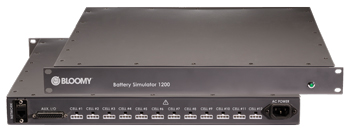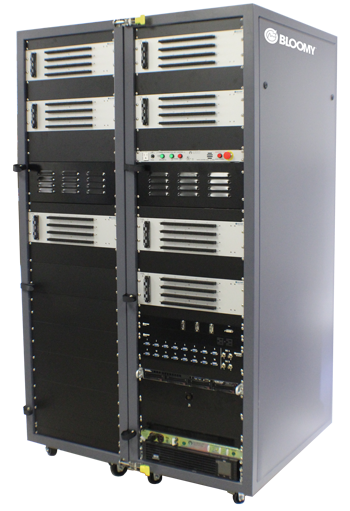2019 Year-In-Review
Highlights
- Established western US coverage
- Released four new Simulation System test platforms for aerospace, transportation and defense
- Released five new simulation modules and accessories for NI SLSC
- Delivered our largest & most complex Simulation System to a premiere airframer
- Supported electrification of vehicles with BMS testing equipment

 The
The  Highlights
Highlights